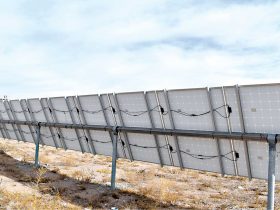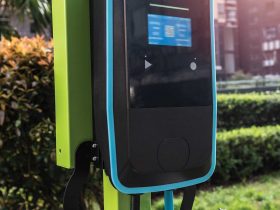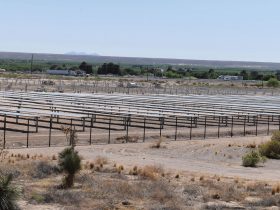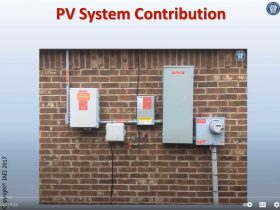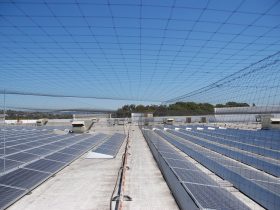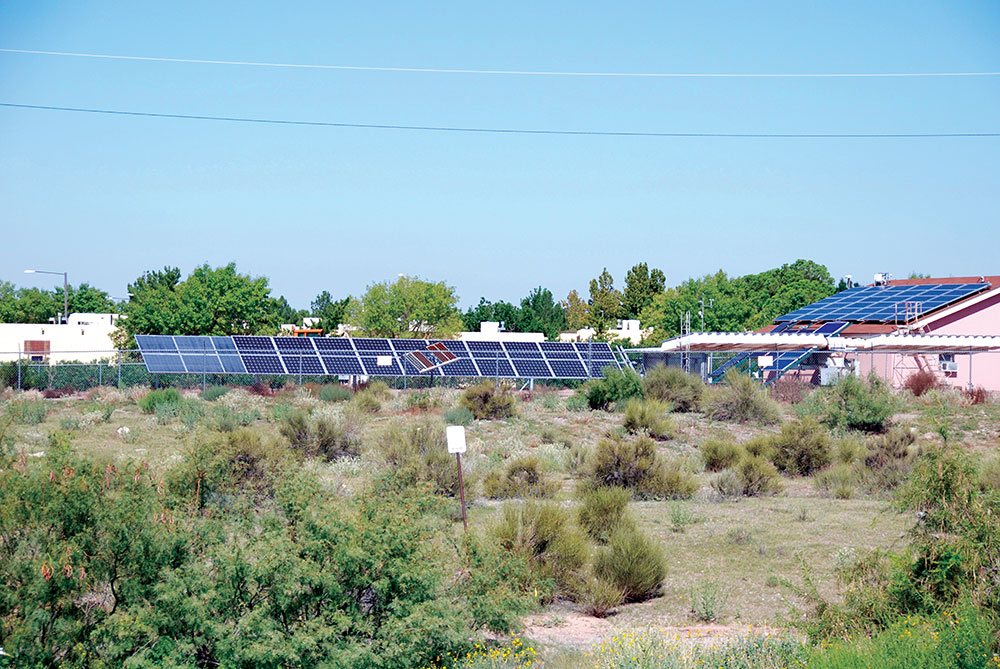Comprehensive antimicrobial performance test standards are under development for devices, from the performance of UV lights to bipolar ionization.
This article will examine some of the basic electrical calculations used to photovoltaic validate system design (based on the 2017 NEC)
The module and string voltages and the inverter DC inputs are critical issues since we will be experiencing widely varying weather conditions throughout the country in the years and decades ahead.
EV charging stations, “Charge Points” (after the ChargePoint brand), “Level 1/2/3” Chargers, Superchargers, DC Fast Chargers, CCS Combo Systems, and SAE J1772 Connectors, all refer to Electric Vehicle Supply Equipment or EVSE.
Starting in this article, we’ll enter the forest and start looking at the individual trees (PV equipment and NEC requirements) in some detail.
Join Pete Jackson as he explains PV system contributions and how to calculate panelboard ratings [such as from NEC 705.12(B)(2)(3)(b)].
As photovoltaic power (PV) systems become increasingly common due to an increasing awareness of climate change issues, including severe storms and very large forest fires, both new and seasoned code enforcement people sometimes get buried in a forest of trees dealing with code minutia and issues.
Various organizations, including manufacturers, universities, and specifically tailored groups devoted to the application of direct current to devices in our daily lives, are deeply involved in the research, study, and application of DC circuits, DC devices, and DC microgrids.
The challenging tasks of keeping the data flowing reliably between the RTU system and the utility enterprise is now being complicated with aging and obsolete infrastructure.



